Slash Your Belly Fat Risk by 80 Percent in Just Six Weeks

Belly fat isn't just uncomfortable; it's one of the most dangerous types of fat for your overall health. Visceral fat, the kind that sits deep within your abdomen, increases your risk of heart disease, diabetes, stroke, and more. But here's the exciting part: research shows that you can slash your belly fat by up to 80 percent in just six weeks by making targeted changes to your diet and lifestyle. In Zero Belly Diet, the power of certain foods and habits helps you melt away belly fat, reduce inflammation, and even change your genetic tendency to store fat. Here are 11 scientifically proven ways to dramatically reduce belly fat and improve your health in just six weeks.
Here's the text with the requested modifications:
Eat More Protein
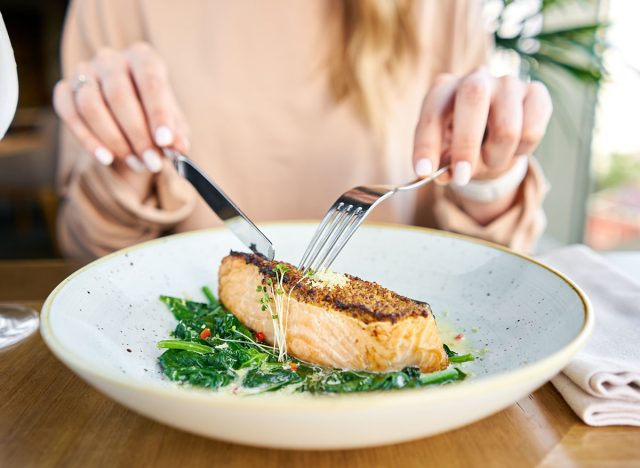
Protein helps build lean muscle, which burns more calories than fat even while at rest. Increasing your intake of lean, plant-based protein can help you shed belly fat by keeping you full and boosting your metabolism.
Drink Green Tea Daily

Green tea contains catechins, antioxidants that boost metabolism and enhance fat burning. Drinking green tea regularly has been shown to specifically target visceral fat, helping reduce belly size in just a few weeks.
Cut Out Sugary Beverages

Sugary drinks like soda and fruit juices spike blood sugar and contribute to fat storage, especially around your midsection. By cutting out these beverages, you reduce your caloric intake and prevent further belly fat gain.
RELATED: I'm a Nutritionist and Here Are 25 Weight Loss Truths You Need to Hear
Add More Fiber to Your Diet
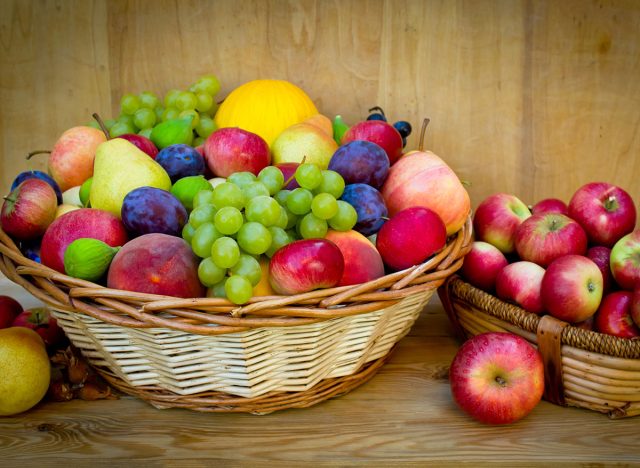
Foods high in fiber, such as oats, beans, and fruits, help regulate digestion and reduce bloating. Fiber also stabilizes blood sugar levels, which can prevent your body from storing excess belly fat.
Focus on Healthy Fats
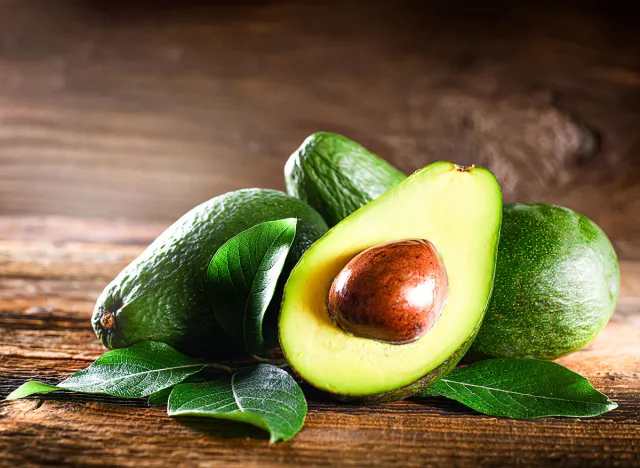
Incorporating monounsaturated fats from foods like avocados, nuts, and olive oil can help reduce belly fat. Healthy fats signal your body to stop storing fat and start using it for energy, particularly around your midsection.
Start Strength Training

Strength training helps build muscle, which burns more calories throughout the day. The more muscle you build, the more belly fat you can burn, even while resting. Add simple resistance exercises to your routine to see faster results.
Reduce Processed Foods
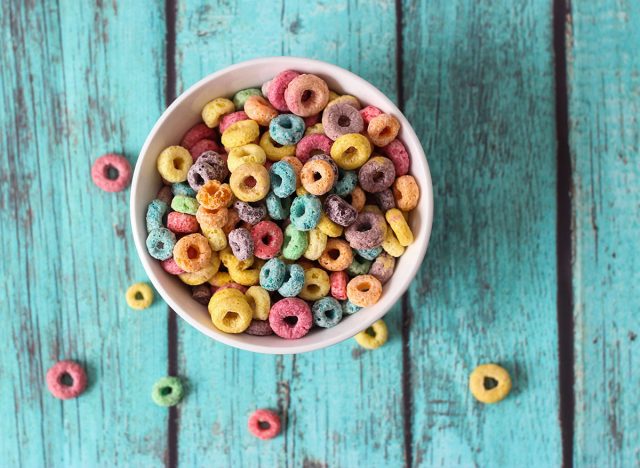
Processed foods are high in sugars and unhealthy fats, which contribute to belly fat. By cutting back on processed snacks, fast food, and refined carbs, you help your body burn fat and reduce inflammation that leads to weight gain.
RELATED: 5 Things I Wish I Knew Before I Lost 70 Pounds (And Kept It Off)
Incorporate Red Fruits
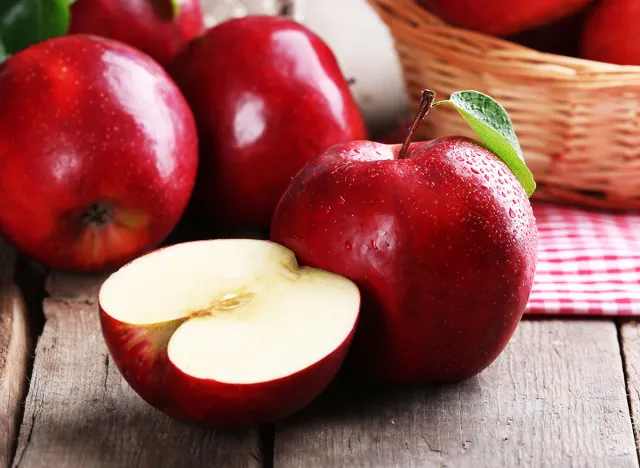
Red fruits like berries and apples are packed with antioxidants and fiber, which help reduce fat storage and improve digestion. They also contain flavonoids, which can help reduce the size of fat cells and trim your waistline.
Prioritize Gut Health
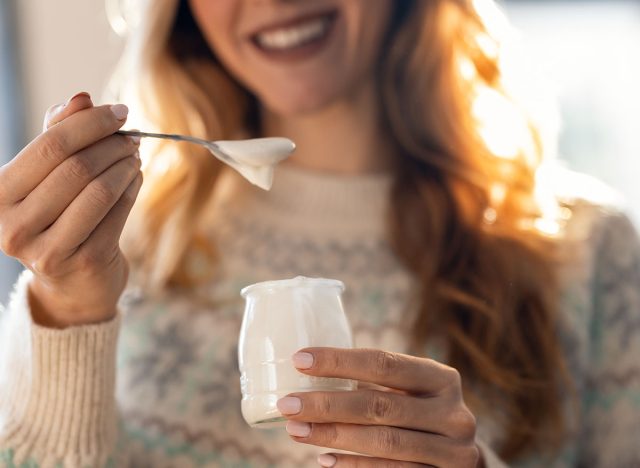
A healthy gut is key to losing belly fat. Fermented foods like yogurt and kefir promote a balanced microbiome, reducing inflammation and aiding in digestion. A healthy gut helps your body process food more efficiently and avoid bloating.
Limit Alcohol Intake

Alcohol is loaded with empty calories and can contribute to belly fat. Reducing your intake to just one drink a day can have a significant impact on your waistline by reducing the calories and sugars you consume.
RELATED: Unlock the Secret to Turning Off Your Fat Genes
Stay Hydrated

Drinking plenty of water helps flush out toxins, reduces bloating, and keeps your metabolism functioning at its best. Staying hydrated can prevent overeating by helping you feel fuller, especially before meals.
By making these small but impactful changes, you can slash your belly fat risk by up to 80 percent in just six weeks, improving your health and energy along the way. And if you enjoyed this article, take advantage of these 15 Quick Ways to Lose Body Fat Percentage in a Week.




